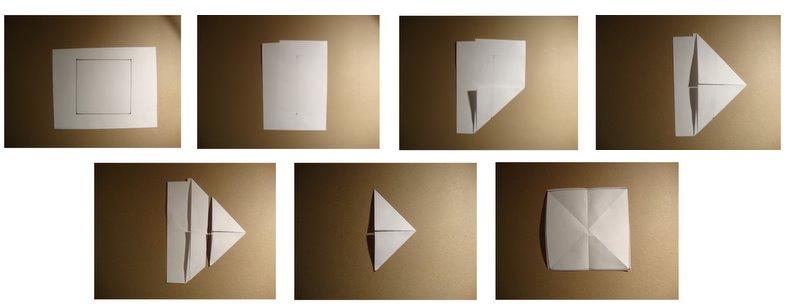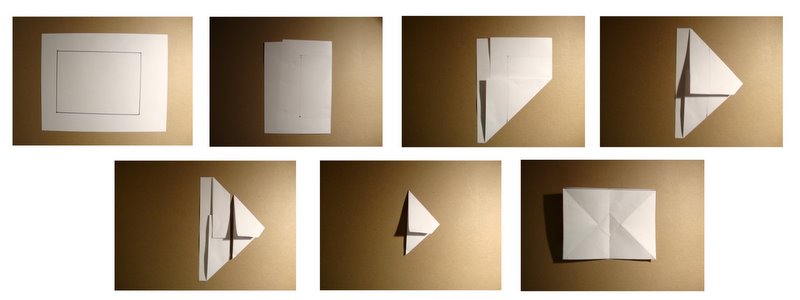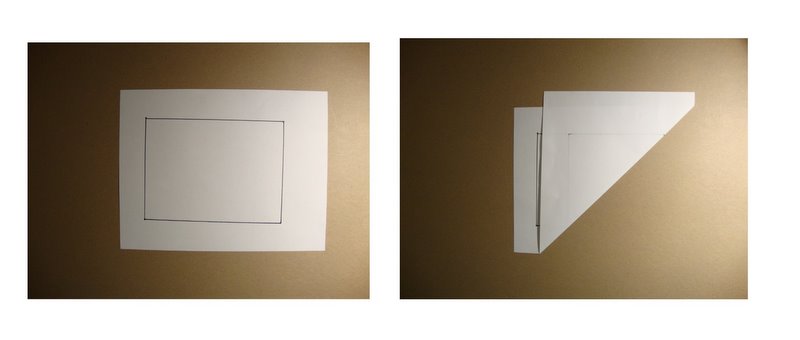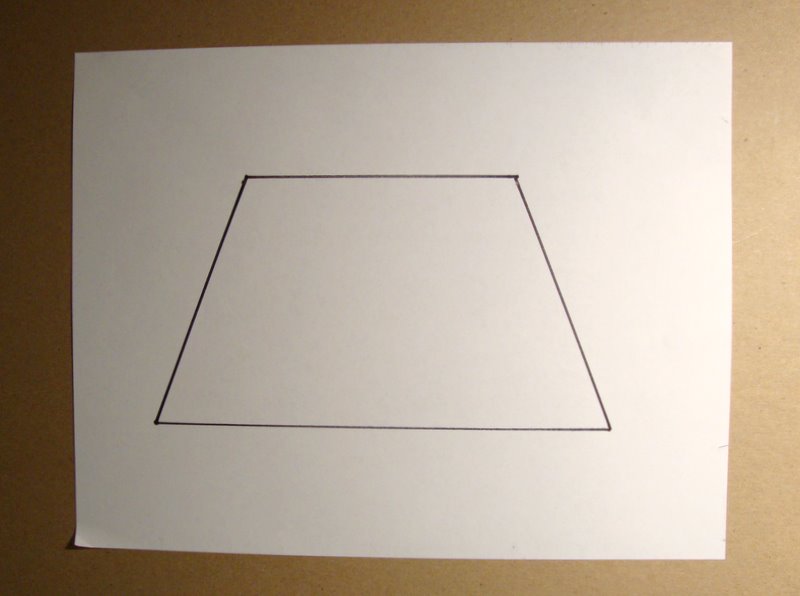Here’s another entry from my Fun With Folding series: folding the incenter of a triangle! The incenter of a triangle has a lot of interesting properties, most of which are related to the fact that it is the center of the triangle’s unique inscribed circle.
To fold your way to the incenter, start with an arbitrary triangle and use the angle bisector fold on each angle. (Click here to find instructions for the basic folds.)
Like magic, all the angle bisectors intersect at the incenter!
Be sure to try some other fun mathematical activities with folding!
Have more Fun With Folding!













